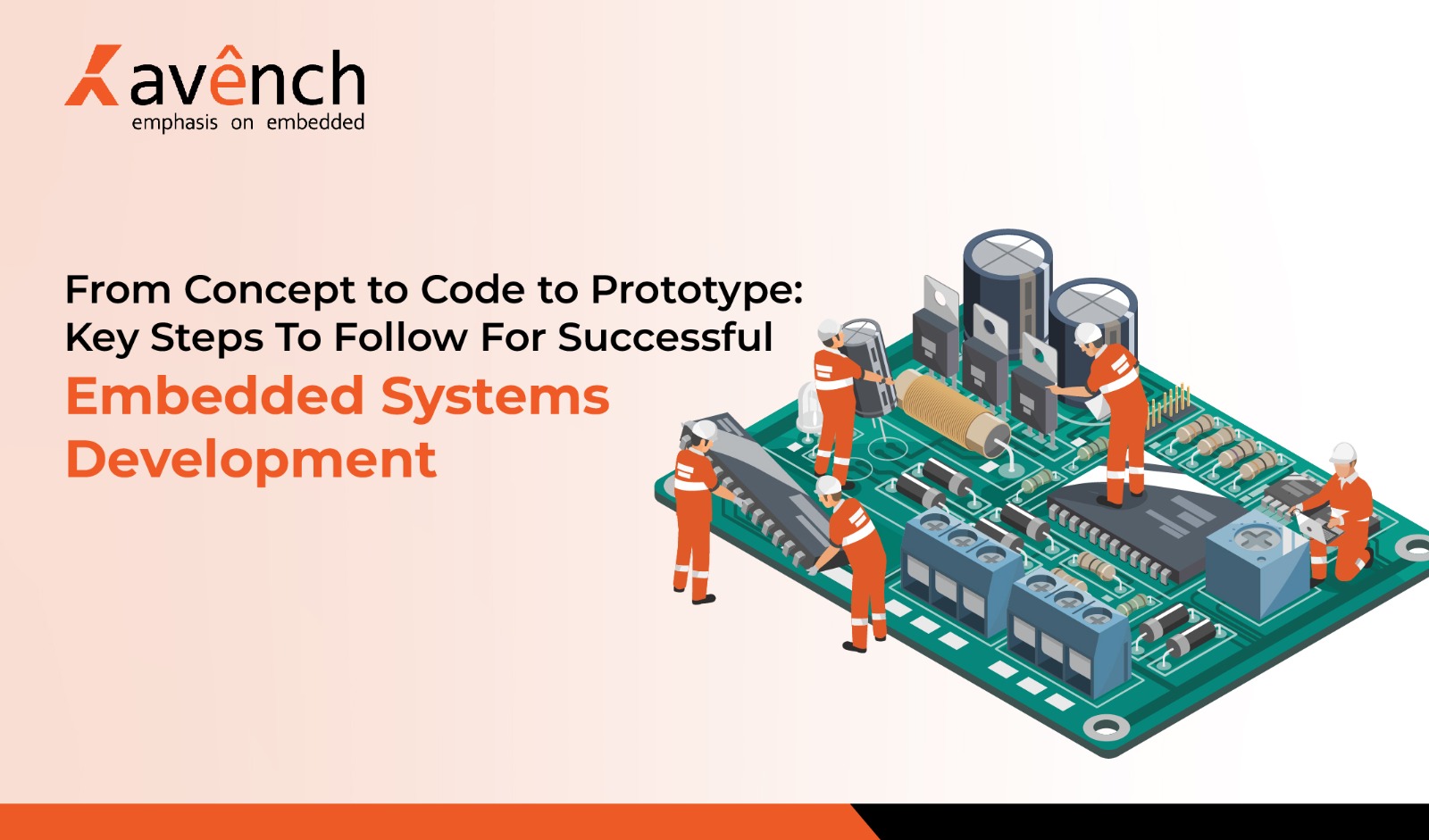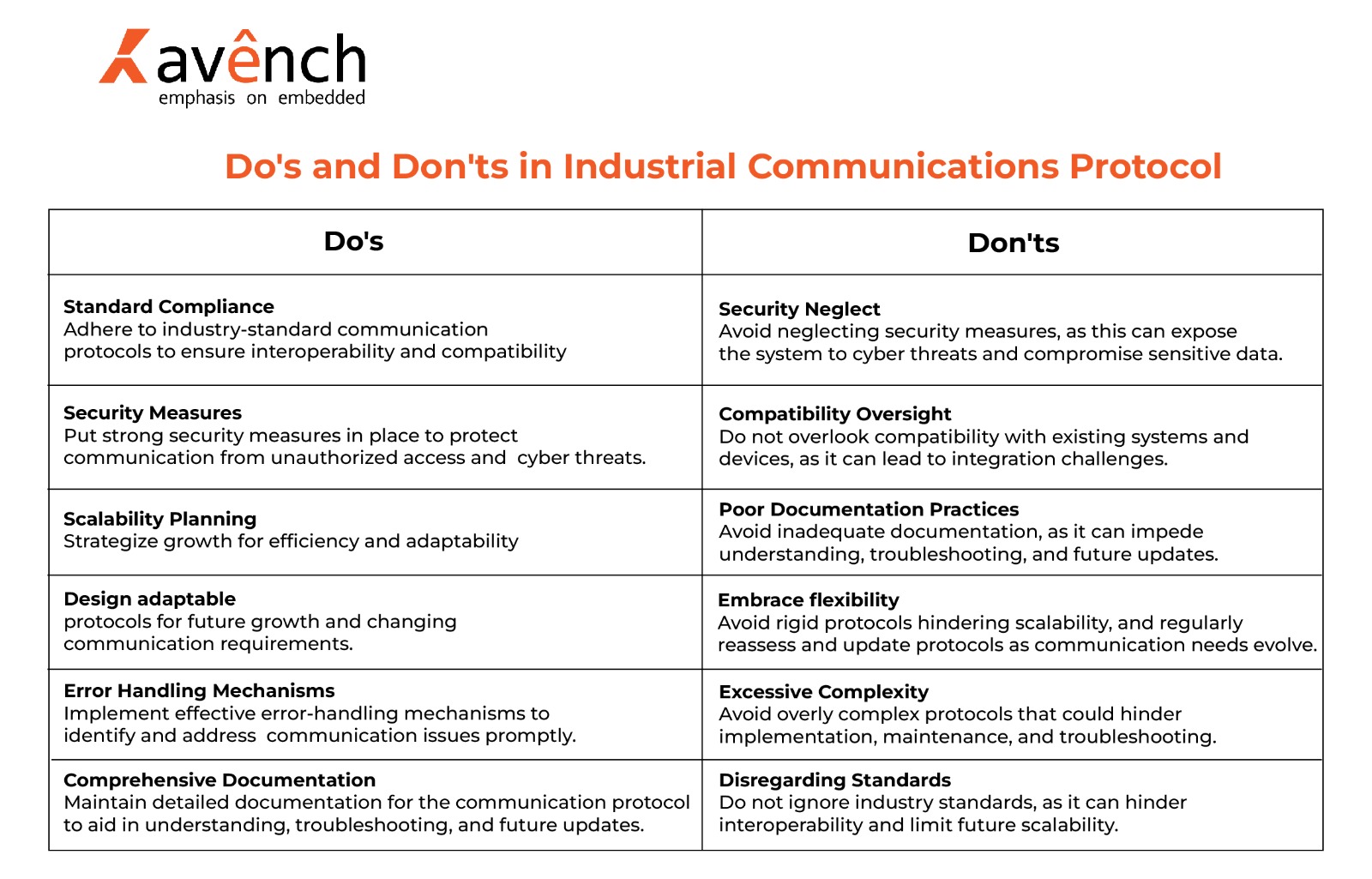Embedded system development experience the effectiveness of a well-organized approach towards embedded system. Right from concept to execution, our elaborate examination replaces the complexities and makes you understand what it takes to come up with robust embedded systems successfully.
Foundations of Successful Embedded System Development: Defining, Understanding, and Implementing
It marks the initial phase of successful embedded system development where the purpose, goal, and limits are shaped. For this reason, it is essential to accurately define the problem, understand the needs of a user, and determine the system boundaries. This is a critical stage that sets forth a given direction that informs choices made during hardware and software designs. These plans are actually meant to make sure that ideas get translated into working systems. It emphasizes the significance of early clarity and accuracy for later gains in outcomes.
Identify Purpose and Objectives
The purpose establishes the overall aim or the issues that the embedded product design wants to solve. It’s a guide for the development process it should be noted that this is only an overview. On the contrary, particular outcomes or functionalities that must be met by the embedded system in order to fulfill its purpose are described. These objectives serve as measurable steps leading the development team in creating a system that meets specific criteria.
Understand User Requirements
For the successful development of embedded systems, one should understand the requirements and limitations of users. A deep insight into what users want the system to do would help in understanding user needs. This will enable development teams to tailor an embedded system that closely matches user demands thereby making it more effective and relevant overview.
The Boundaries and Interfaces
Embedded system development for success requires setting limits and establishing interfaces. The borders define the scope of the system by what it includes and does not include. This clarity is crucial for preventing feature creep and maintaining focused embedded software development company. Interfaces, on the other hand, determine how different components or systems shall link up and interact with each other.
Mastering Embedded System Development: From Requirements to Reliability and User Satisfaction

In this step, one needs to list the required hardware and software components, prioritize features, and know what users anticipate. The goal is a detailed list of requirements that will guide the development team. A well-done requirements analysis guarantees a user-friendly embedded system through design decisions as well as functionality decisions
Technical and functional requirements.
Technical and functional requirements in embedded system development are crucial guidelines that define how the system should perform and what features it should have.
Technical Requirements
When we talk about hardware, we mention essential components such as processors, memory, and sensors. Also, one needs to explain the details of the software e.g., how the software gets along with algorithms plus programming languages used for designing it. To facilitate its operation successfully, there may be guidelines put down stating what is required concerning speed and response time so that this will ensure efficient working of the entire system. There are errors we handle without affecting other features thus building up a robust implementation that tolerates faults at runtime. For instance; there must be a detailed plan on hardware plus software together with considering speed as well as reliability that will result in the successful generation of a superior performing embedded system hardware design.
Functional Requirement
Regular updates and patches should be taken as critical to the efficiency and security of our embedded system. While updating, these improvements help fix identified issues thus ensuring smooth running and safety of the system. We are committed to user satisfaction through ongoing assistance that addresses inquiries and solves problems in a timely manner. This ensures that the system remains strong by continuously checking for vulnerabilities that can be exploited by hackers. For future development initiatives, it is important to have in place an inclusive document that will be use as a reference point while conducting troubleshooting activities.
Testing and Debugging
The passage gives a solution to real-time system problems by suggesting that all three; monitoring, testing and debugging should be integrated. It introduces a method of looking carefully in order to get consistency in different types of systems. For debugging, it suggests software based replay for finding and fixing errors in various systems. The testing technique outlined here is intended for multitasking and distributed real time systems. Above all, it gives importance to early incorporation of monitoring, testing and debugging into the design of real time system software with some solutions for challenges met by distributed systems.
Deployment and Maintenance:
Deployment and maintenance are critical phases in the lifecycle of a successful embedded system development.
Deployment:
Prior to deploying an embedded system thorough testing and verification process is conducted to ensure that it meets specific requirements while functioning as intended. The installation phase follows where a well thought out strategy involving hardware set up; software configuration and user training is put into action. Seamless integration within the target environment must be considered, thereby ensuring compatibility and smooth operation. To monitor post-deployment performance, strong mechanisms are established thus enabling quick detection and resolution of any occurring problems. Therefore this approach comprehensively entails testing, installation, integration as well as monitoring which ensures successful and efficient deployment of the embedded system.
Maintenance:
To make sure our embedded system keeps working well, we use a variety of methods. We regularly release updates and patches to make it better, and more secure, and fix any issues quickly. Our focus is on keeping users happy by providing continuous support, answering questions, and solving problems for a smooth experience. We also check the system regularly for security, making it stronger against potential issues. Keeping detailed documentation helps us in the future, making our system work well and reliably.
Do’s and Don’ts in Industrial Communications Protocol
 Conclusion:
Conclusion:
In conclusion, successful embedded system development demands precision from concept to deployment. From defining objectives to understanding user requirements, each step plays a crucial role. Technical requirements, regular updates, and robust security measures contribute to system efficiency. The integration of testing, debugging, and thoughtful deployment ensures a seamless user experience. Maintenance, coupled with comprehensive documentation, sustains long-term reliability. Adhering to do’s and avoiding don’ts in industrial communication protocols is essential for optimal performance. In this holistic approach, precision, adaptability, and user-centricity are the keys to mastering embedded systems development.
For more information on embedded companies in bangalore subscribe to our blog. For sales queries, contact us at +1 (775) 404-5757 or email sales@avench.com. We are here to assist you.
[/vc_column_text][/vc_column][/vc_row]

 Conclusion:
Conclusion: 